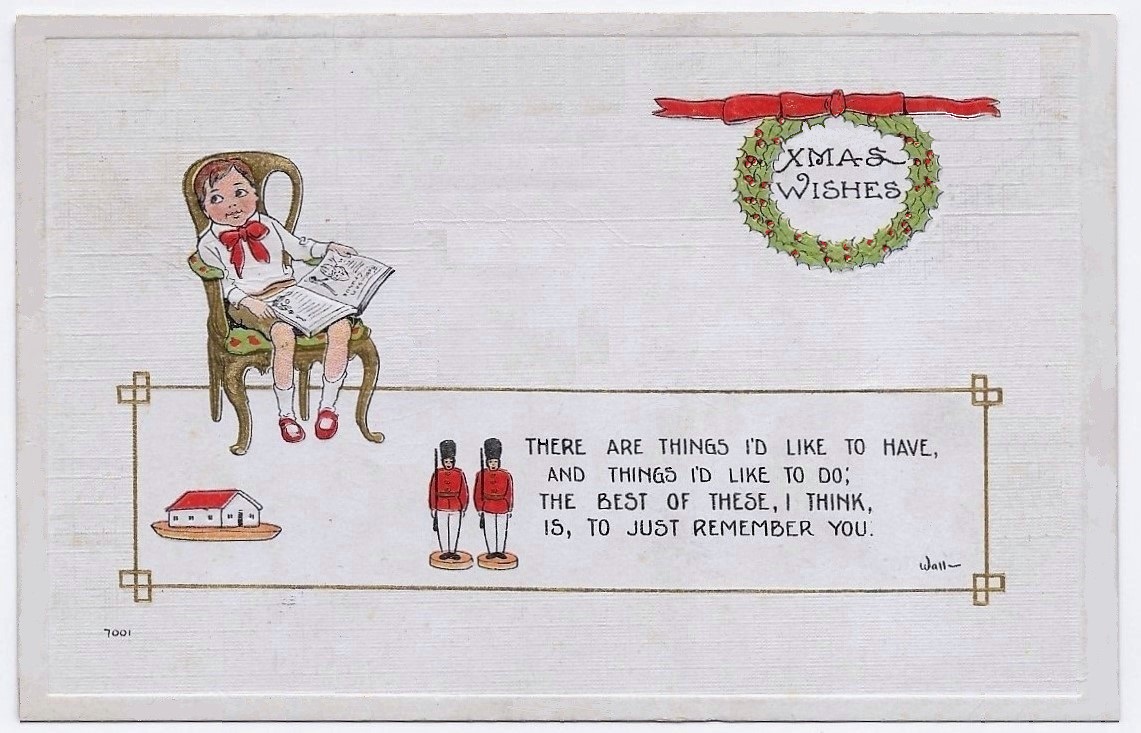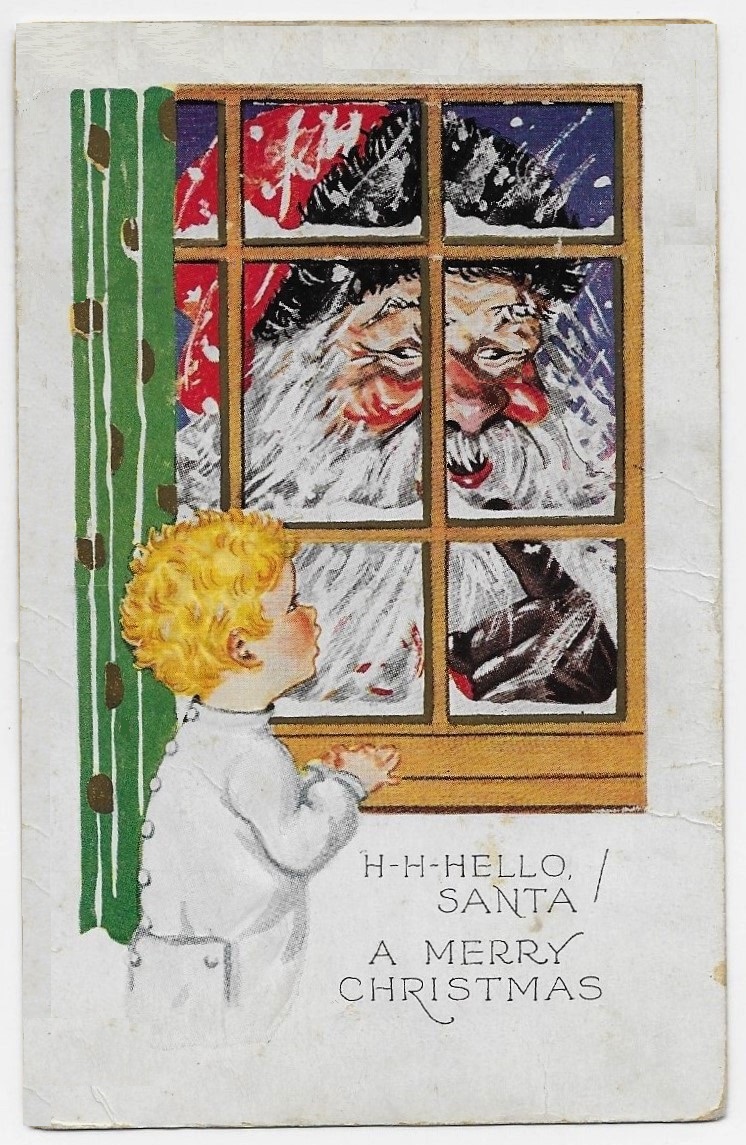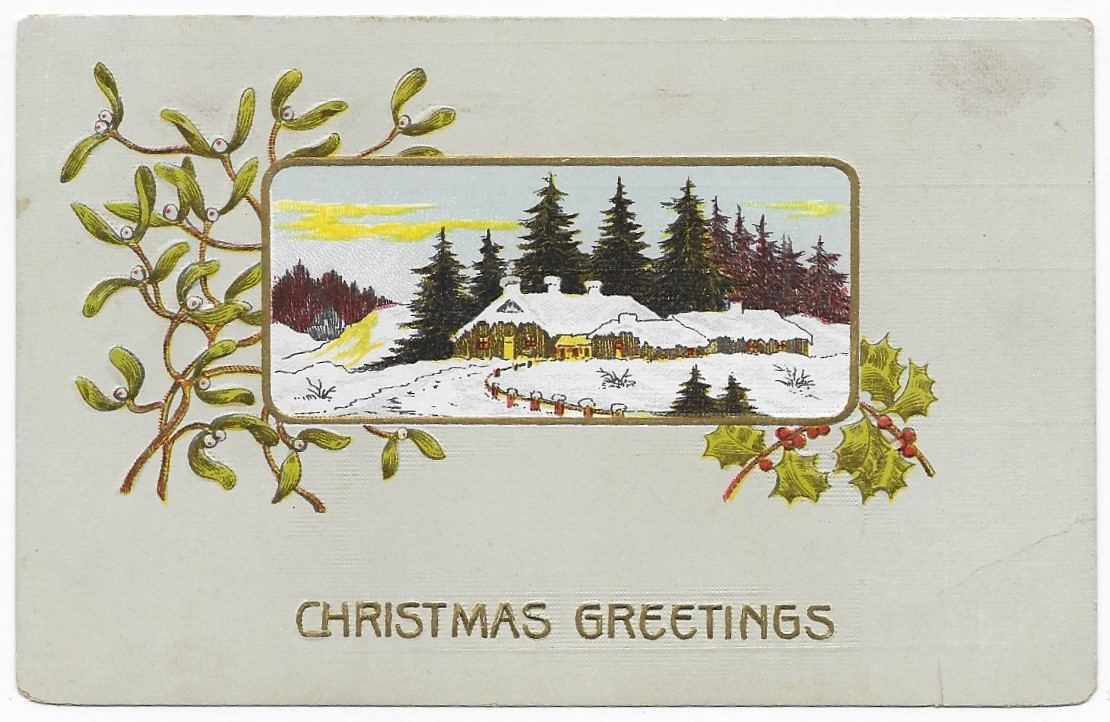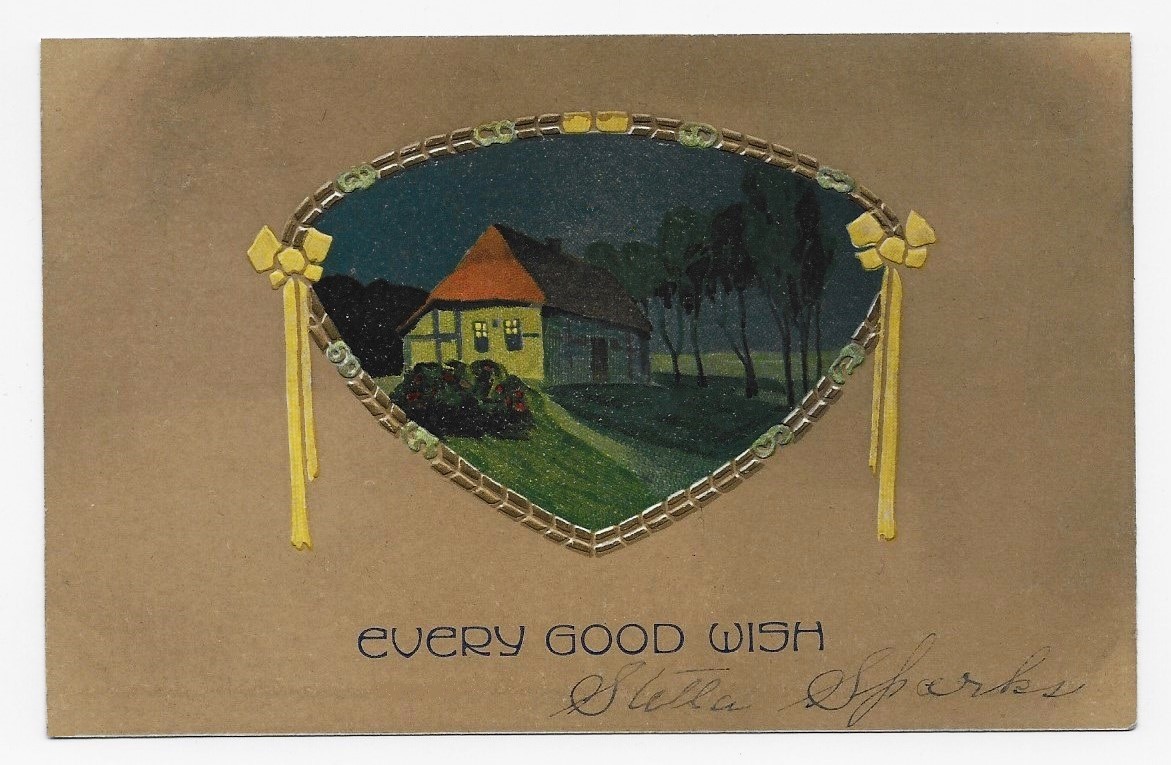
Christmas
We Wish You a Merry Christmas
The History of Christmas Cards.
The first exchange of Christmas greetings through the mail occurred in Great Britain in the middle of the 19th century.
The Victorian Era brought an enormous change to the public celebration of Christmas in the English-speaking countries.
In the past, the traditional Christmas celebration for most people was more like Halloween -with public carousing, bands of revelers going house to house to demand treats, and the day spent more in pleasure-seeking than in domestic feasts or solemn religious observance.
(In the 17 thcentury, the early English settlements of New England banned the public celebration of Christmas for these reasons. English carols like “Here We Come A-Wassailing” or refrains like “Now bring us some figgy pudding” hark back to the old English tradition.)
In the Victorian Age, encouraged by the example of the Queen and novelists such as Dickens, Christmas celebrations in England became more like those that we observe today.
The Christmas postcard was invented, and became immediately popular among the upper classes, as a way to discharge effectively the task of responding to traditional year-end letters.
The custom of sending Christmas and New Year postcards spread widely due to the penny postage stamp that was offered in England (and the United States).
In the US, Christmas postcards were the primary means of sending holiday greetings until the folded Christmas Card within an envelope became predominant in the 1930’s.
Until World War I, Christmas postcards were illustrated most often with natural objects such as holly or ivy, with seasonal art such as bells, churches, or stars, or with winter scenes.
The Nativity scene, or other explicitly religious imagery, was not common until the war years.




